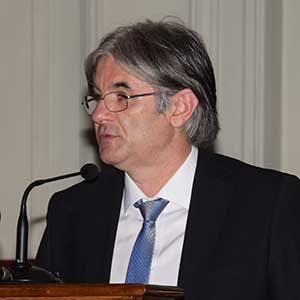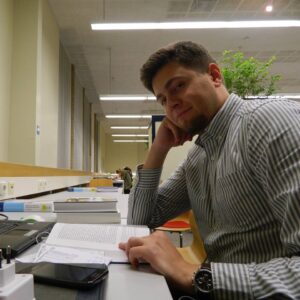Romanian Lands and International Crises:
the Dynamics of the Military Occupations (1769-1918)
Spațiul românesc și crizele internaționale:
Dinamica ocupațiilor militare (1769-1918)
The Project
Military occupations have usually been regarded as consequences of war. However, there is a great variety of military occupations and there is a lack of consensus among scholars on defining them. Distinguishing clear features of such civilian-military interactions is not always an easy task. The 1907 Hague Regulations still offer a down-to-earth description of what military occupations are: ‘territory is considered occupied when it is actually placed under the authority of the hostile army’ (article 42). Most of the military occupations fall into two major categories: firstly, wartime and post-war military occupations and secondly, peacetime occupations. The case of all military occupations of Moldavia and Wallachia (independent Romania after 1878) makes no exception from this minimalist conceptualisation.
The two principalities have been occupied seven times by Russian, Austrian or Ottoman forces simultaneously, separately or in combined actions (1769-1774; 1787-1792; 1806-1812; 1821; 1828-1834; 1848-1851; 1853-1857). A large proportion of Romania’s territory has been occupied by a German led coalition from 1916 to 1918. The justifications given by each of the international actors involved were mixed and depended on a variety of factors. All these military occupations, which had a serious impact on the Romanian political entities, were related to the rivalry among great powers (more specifically, to the so-called Eastern Question and to the geopolitics of the First World War).
The objectives of the proposed research are the following ones: a) to historicise the concept of military occupation, thus introducing the Romanian case into a broader historical debate about European security; b) to study the cameral practices, with a special focus on public health, administration and territorial construction; c) to branch out into new areas such as the interaction between history of ideas and international history; d) to analyse and dissect the political relations between occupants and occupiers.
The Team
Project Director

PhD, Associate Professor Gabriel Leanca
Alexandru Ioan Cuza University B-dul Carol I, Nr.11, RO-700506 – Iaşi, Romania
E-mail: gleanca@uaic.ro
Web: https://www.brainmap.ro/gabriel-leanca
Researcher

PhD, Associate Professor Nelu-Cristian Ploscaru
Alexandru Ioan Cuza University B-dul Carol I, Nr.11, RO-700506 – Iaşi, Romania
E-mail: cploscaru@yahoo.com
Web: https://www.brainmap.ro/nelu-cristian-ploscaru
Researcher

PhD, Lecturer Ioan-Augustin Guriță
Alexandru Ioan Cuza University B-dul Carol I, Nr.11, RO-700506 – Iaşi, Romania
E-mail: augustingurita@yahoo.com
Web: https://www.brainmap.ro/ioan-augustin-gurita
Researcher

PhD, Teaching Assistant Cosmin Mihuț
Alexandru Ioan Cuza University B-dul Carol I, Nr.11, RO-700506 – Iaşi, Romania
E-mail: mihut.cosmin@yahoo.com
Web: https://www.brainmap.ro/cosmin-ionut-mihut
Researcher

PhD Candidate Cristina Țurcan
Alexandru Ioan Cuza University B-dul Carol I, Nr.11, RO-700506 – Iaşi, Romania
E-mail: cristinaturcan76@yahoo.com
Web: https://www.brainmap.ro/cristina-turcan
Conferences
Reports
Contact
Research Project on Romanian Lands and International Crises:
The Dynamics of the Military Occupations (1769-1918)
Spațiul românesc și crizele internaționale:
Dinamica ocupațiilor militare (1769-1918)
Funded by a grant of the Ministry of Research, Innovation and Digitization, CNCS/CCCDI – UEFISCDI, project number PN-III-P4-ID-PCE-2020-1868, within PNCDI III, Romania.
Project Director:
PhD, Lecturer Gabriel Leanca, Alexandru Ioan Cuza University B-dul Carol I, Nr.11, RO-700506 – Iaşi, Romania
E-mail: gleanca@uaic.ro
Web: https://www.brainmap.ro/gabriel-leanca







